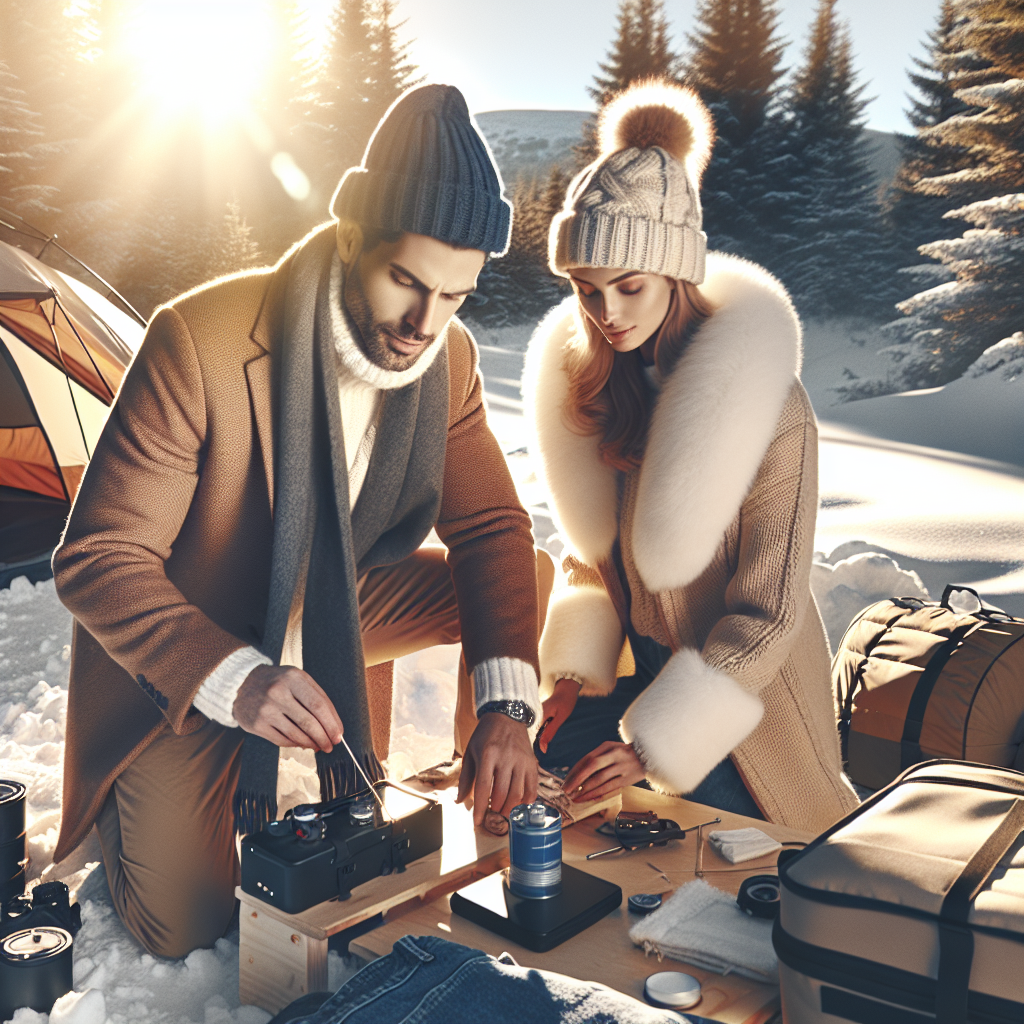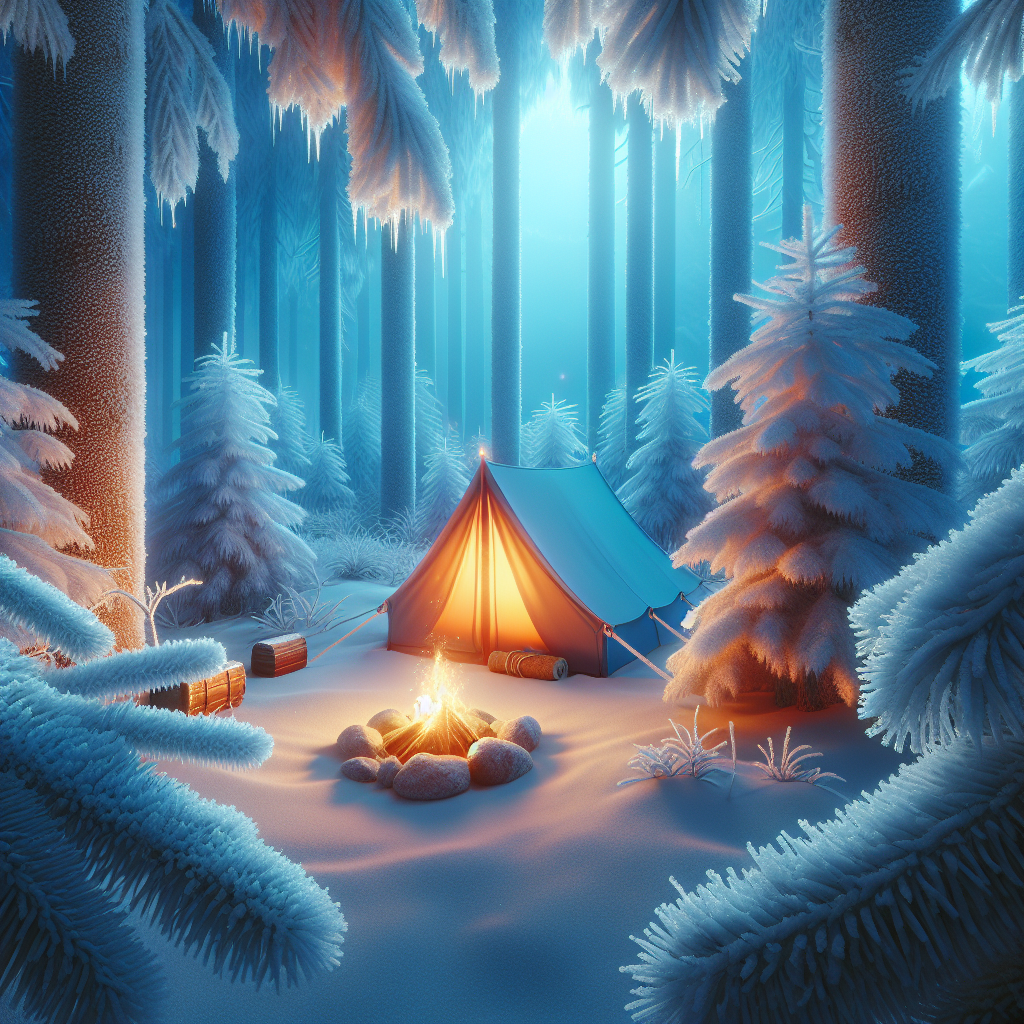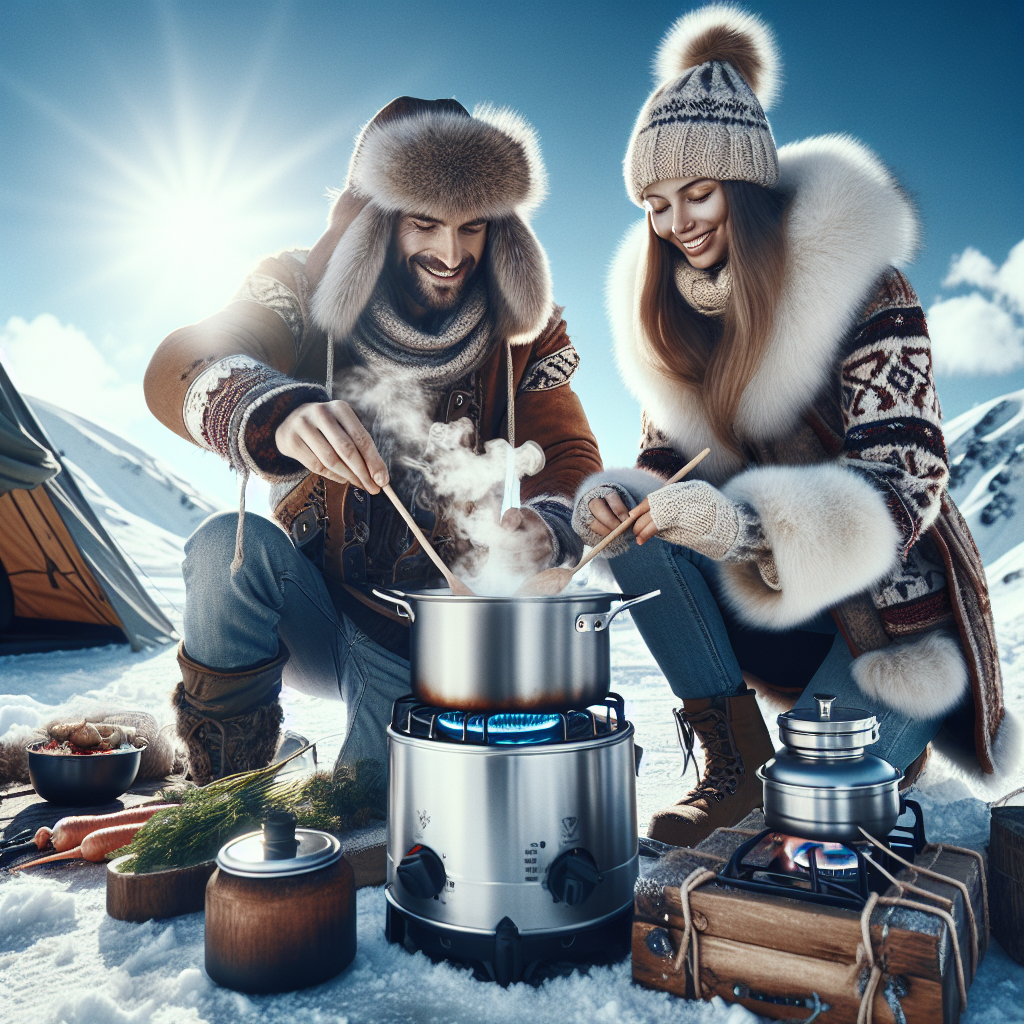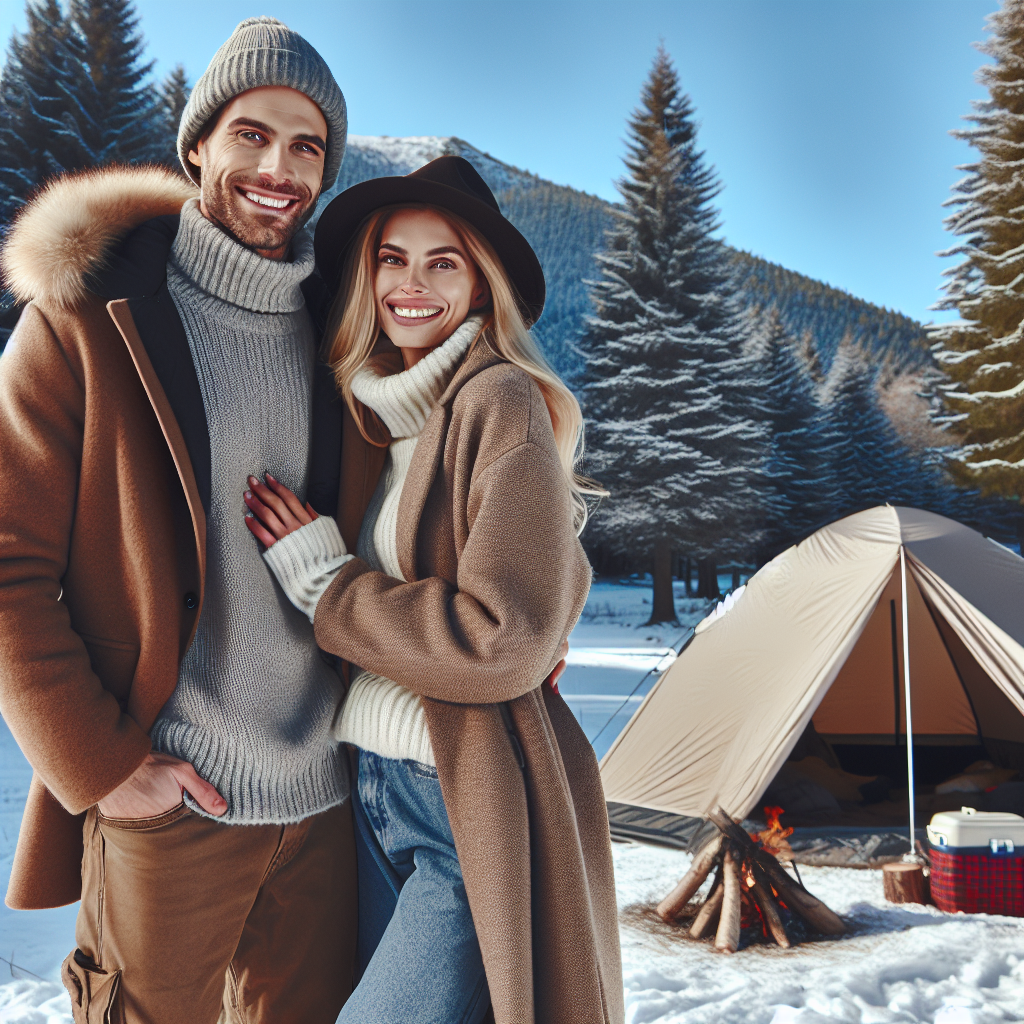Winter camping can be a rewarding and exhilarating experience. The pristine beauty of snow-covered landscapes, the tranquility of nature, and the unique challenges of camping in cold weather offer an adventure unlike any other. In this listicle, you’ll find practical winter camping tips and valuable insights to make your winter camping experience safe, enjoyable, and memorable.
Table of Contents
Essential Gear for Winter Camping
When it comes to winter camping, having the right gear is crucial. Start with a high-quality, four-season tent designed to withstand snow and wind. A sleeping bag rated for extreme cold and a reliable sleeping pad are also essential for insulation against the freezing ground.
Don’t forget layers of clothing made from moisture-wicking materials and wool socks to keep you warm and dry. Investing in waterproof boots and mittens will also pay off. Remember, comfort and safety go hand in hand when gearing up for winter excursions.

Choosing the Right Campsite
Finding a proper campsite in winter involves more than simply picking a scenic spot. You’ll want to choose an area that offers natural windbreaks, such as trees or hills, and avoid valleys where cold air tends to settle. Check for potential avalanche risks and steer clear of slopes with deep snowpacks. Additionally, ensure easy access to water sources that won’t freeze over completely. A strategic campsite choice can significantly impact your comfort and safety.
Setting Up Camp in Cold Conditions
Setting up camp efficiently in freezing temperatures requires some skill and preparation. Start by packing down the snow to create a stable base for your tent. Use snow stakes or deadman anchors to secure your tent firmly in place. When organizing your sleeping area, layer insulated ground covers beneath your sleeping pad for added warmth. Finally, remember to ventilate your tent to prevent condensation buildup, which can lead to ice forming inside your shelter overnight.
Campfire Safety and Alternatives
A campfire can be a source of warmth and comfort on a cold winter night, but it requires careful consideration. Make sure to clear the area of snow and dig down to the ground if needed. Use only existing fire rings to minimize your impact on the environment.
Alternatively, consider using portable camping stoves for cooking, which can be more efficient and safer in snowy conditions. Remember, fire safety is paramount, so always have a plan for extinguishing your fire completely before turning in for the night.
Keeping Warm: Tips for a Cozy Night

Staying warm during winter camping is all about smart layering and selecting the right materials. Start with a moisture-wicking base layer to keep sweat away from your skin, followed by insulated mid-layers, and a waterproof outer layer.
Hot water bottles placed in your sleeping bag can provide extra warmth overnight. Additionally, consume high-calorie snacks before bed to fuel your body’s internal furnace. These simple strategies help maintain body heat and ensure a comfortable, restful sleep despite the cold.
Winter Camp Cooking
Cooking in freezing temperatures presents unique challenges, and being prepared can make all the difference. Choose meals that require minimal prep and cook time to conserve fuel. Consider dehydrated meals or pre-cooked foods that only require boiling water.
Use windshields around your stove to enhance efficiency and keep cookware light to avoid excess weight. Keeping your food close to your body during the day prevents it from freezing. With these tips, you can enjoy warm, satisfying meals even in the coldest conditions.

Staying Safe and Healthy during Winter Camping
Winter camping demands heightened awareness of safety and health considerations. Always keep an eye on the weather forecast and be prepared for sudden changes. Stay hydrated, as dehydration can happen quickly in cold weather despite low thirst signals.
Learn to recognize the signs of hypothermia and frostbite, and carry a basic first aid kit equipped for winter-specific injuries. Travel with a partner if possible, and always inform someone of your plans and expected return time.
Packing Up and Leaving No Trace
Leaving no trace is as important in winter as in any other season. Pack out all trash and leftover food, as these can harm wildlife and spoil the natural beauty of the area. Restore the campsite to its original condition, covering up snow tracks and filling in any holes you’ve dug.
Avoid disturbing plants or wildlife, and choose durable surfaces for travel to minimize your impact. By following these guidelines, you preserve the wilderness for future generations of campers.
Conclusion: Embrace the Chill, Enjoy the Thrill
Winter camping isn’t just about enduring the cold—it’s about immersing in the serene and striking beauty of nature’s quietest season. With the right preparation and mindset, you can transform potential challenges into a rewarding adventure. Whether you’re a seasoned camper or trying winter camping for the first time, these tips will enhance your experience and help you stay safe and comfortable. Ready for your next chilly adventure? Pack your gear, explore the unknown, and savor the thrill of winter camping.
Frequently Asked Questions (FAQs) about Winter Camping
Q1: What is the best sleeping bag temperature rating for winter camping?
A1: For winter camping, it’s recommended to use a sleeping bag with a temperature rating at least 10 to 15 degrees lower than the expected coldest temperature. A bag rated for 0°F to -20°F is usually a safe choice, depending on how cold the weather will get at your campsite.
Q2: How can I prevent my water from freezing during a winter camping trip?
A2: To keep water from freezing, store water bottles upside down so ice forms near the bottom, use an insulated sleeve, keep bottles in the tent overnight, or place them in a sleeping bag with you for warmth. Also, consider using a thermos for extended outings to keep water from freezing quickly.
Q3: What are some easy meals to prepare while winter camping?
A3: Easy meals for winter camping include instant oatmeal, pre-cooked chili, dehydrated meals, or pasta with pre-cooked sauce. Look for meals that only require boiling water or minimal cooking to save on fuel and simplify preparation.
Q4: What precautions should I take for snow safety during winter camping?
A4: Ensure your campsite is away from potential avalanche zones, and learn how to identify these areas. Be aware of weather changes, and always check local avalanche forecasts. Take an avalanche safety course if you plan to camp in mountainous terrain.
Q5: How do I choose the right clothing layers for winter camping?
A5: Opt for a three-layer clothing system consisting of a moisture-wicking base layer, an insulating mid-layer (such as fleece or down), and a waterproof, breathable outer layer. This system allows for flexibility to adjust to varying conditions and activities.
Q6: Can I camp with kids in the winter, and are there special considerations?
A6: Yes, camping with kids in the winter is possible and can be very enjoyable with proper preparation. Ensure they have appropriately sized and rated clothing, sleeping bags, and ensure plenty of snacks and interactive activities to keep them warm and engaged. Plan for shorter trips to manage comfort and morale effectively.
